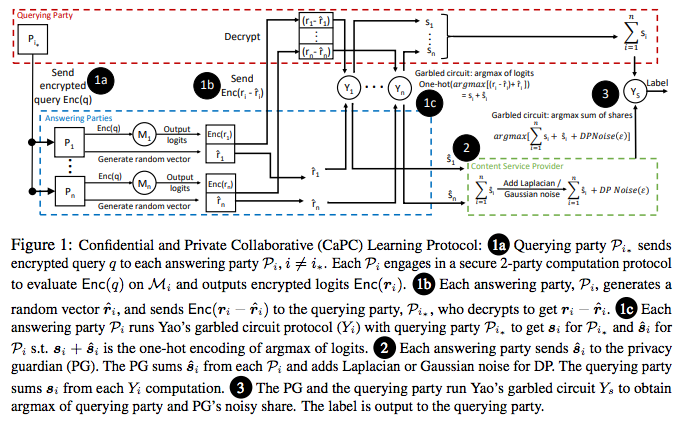AI has created a lot of opportunity to improve people’s lives, but also raised questions about what is the best way for the AI systems to serve people.
- Fairness
- Fair model output to diverse of users and use cases
- Solution is available to all users
- Suggest multiple answers to the same question and measure the model the top-k answers
- Use multiple metrics rather than a single one
- Explainability
- Understand how and why the AI system makes a decision
- Help with fairness
- Google Explainability White Paper
- Privacy
- Model trained with sensitive information or PII (Personally identifiable information) should safeguard this informatio
- Aggregate and anonymize the sensitive data
- Design the features with disclosure built-in
- Legal compliance
- GDPR (General Data Protection Regulation)
- EU
- Give individual control over their data
- Companies should protect the data of employees and customers
- The data subject has the right to revoke their consent at any time
- CCPA (California Consumer Privacy Act)
- Similar to GDPR
- Consumers have the right to know what personal data is collected about them and whether the data is sold or disclosed to whom
- Users can access the data that the company has for them, and block the sale of their data and request a business to delete their data
- GDPR (General Data Protection Regulation)
- Anonymization – remove PII
- Irreversible
- Impossible to identify the person
- Impossible to derive insight or discrete information even by the party responsible for the anonymization
- Pseudonymization
- Reversible
- Possible to identify the person if the right information is included
- Data masking, encryption, tokenization
- Security
- Identify threads to the AI system from malicious intent
- Harms: informational and behavioral
- Defenses
- Cryptography
- SMPC – Secured Multi-Party Computation
- Allow multiple systems collaborate to train/serve a model
- Keep the data secured with shared secrets
- FHE – Full Homomorphic Encryption
- Train on encrypted data without decrypting it first
- Send encrypted request and receive encrypted result
- Very computationally expensive currently
- SMPC – Secured Multi-Party Computation
- Differential Privacy
- Provide provable guarantee of privacy
- Methods
- DP-SGD (Differentially Private Stochastic Gradient Descent)
- Eliminate the possibility of extract private information from the weights of the model
- Apply noise to mini-batch
- PATE (Private Aggregation of Teacher Ensemble)

- Divide sensitive data into K partitions without overlap
- Train K models as teacher models
- Aggregate K models into one teacher model and add noise to the result
- Create a student model by training on the teacher prediction
- Only student model is accessible by users (including attackers)
- CaPC (Confidential and Private Collaborative learning)
- Uses multiple cryptographic building blocks for multiple parties to training/serve together without directly sharing raw data

- Uses HE (Homomorphic Encryption)
- Uses PATE
- Ex: hospitals want to collaborate to improve the model prediction without sharing sensitive data
- DP-SGD (Differentially Private Stochastic Gradient Descent)
- Cryptography